The “Three Sisters of Provence” is the colloquial name for the three historic Cistercian abbeys in Provence. These are the abbeys Senanque, Silvacane, and Thoronet. They can all be visited.
The Three Sisters of Provence are, in fact, three Provencal abbeys from the 12th century. Formerly, Cistercians lived in the abbeys, but today they are places of contemplation, museums, and monuments of religious architecture from centuries ago.
The abbeys are all located in different parts of Provence. You can visit them in one day, but you will need a car.
Sénanque Abbey
Sénanque Abbey is one of the most photographed places in France. Everyone who has seen a postcard from Provence knows it. It lies just a few kilometers from Gordes. Due to its location – it is surrounded by lavender fields, olive trees and hills – it has become almost a symbol of Provence.
Sénanque was founded in the 12th century. The monastery and church were built in a valley surrounded by hills, literally in the middle of nowhere. This provided the monks with the peace and quiet they needed for contemplation and to carry out work for their own order. The heyday of the abbey was in the thirteenth and fourteenth centuries.
Later, there were problems related to wars and a decline in the number of religious callings. During the French Revolution, the whole thing was nationalized and later sold into private hands. In the mid-nineteenth century, Sénanque was returned to the Cistercians.
The abbey is currently still inhabited by Cistercians; however, you can visit its buildings and the surrounding area. Every summer, crowds of tourists come here to photograph the lavender fields with the church in the background – so there is no question of contemplation and rest. This place is crowded like many of the streets in the center of a big city.
The D177 road from Gordes leads to the monastery. It’s only 5 km, but the route is narrow and winding in places, so be careful. There is an oblong parking lot in front of the abbey where you can leave your car for free – if you are lucky enough to find a spot. The church can be visited for free, but inside it is completely empty.
When visiting Sénanque, it’s mainly to see the monastery with its monks’ cells and to admire the surrounding nature. There is also a shop where you can buy products from this and other abbeys, including honey, wine, and lavender products; as well as religious items, sandwiches, and drinks.
There are strictly appointed hours for visiting the monastery. Individually and without a guide, you can enter from Monday to Saturday from 10 am to 11 am for the price of 9.50 euro. The guided tours are in French only, and happen several times a day. The admission ticket costs 8 euros. There are also reduced tickets. Details and additional information can be found at senanque.fr.
The Abbey of Silvacane
Silvacane Abbey is considered the youngest of the Three Sisters of Provence. It was inhabited by Cistercians from the 12th century, but today, it is an attraction visited by tourists who are looking for silence.
The abbey is located between Aix-en-Provence and the charming towns of the Luberon region.
Silvacane Abbey used to be a thriving “enterprise”. Such places were not just for prayer: the Cistercians also produced wine and olive oil. According to the rules of the order, they also had accommodation for travelers. At the end of the 13th century, the Cistercians were doing so well that they were attacked – by the Benedictines from Montmajour Abbey near Arles! The Cistercians’ release from captivity was possible only after long negotiations.
The abbey has survived to this day thanks to numerous renovations. During the tour – it’s worth spending about an hour on this – you can see the church, dormitory, and cloisters, among other places. Of course, the strict Romanesque style dominates, but there are also gothic elements.
Admission to the abbey is paid, and the ticket costs € 7.50 (there are also discounts). In front of the building there is free parking and a small boutique. The abbey is open from 10 am to 5 pm or 6 pm, depending on the season, however, there is a break, usually between 1 pm and 2 pm. Additional information, including current opening hours, can be found at abbaye-silvacane.com.
Le Thoronet Abbey
Le Thoronet Abbey was established in the 12th and 13th centuries and was also inhabited by Cistercians.
The abbey declined over time, but was later restored. Currently, you can admire, among other places, the church, cloisters, dormitory, chapter house, and washroom. The church itself deserves special attention because its barrel vault creates amazing acoustics. It is worth visiting with a guide (included in the ticket price).
During our visit, a nice lady first sold us tickets, and then took us to the church. We sat comfortably on the benches, and the lady disappeared somewhere. A moment later we heard a beautiful chorale and of course we assumed that our guide had turned on the music. It turned out, however, that she herself had given us a demonstration of the extraordinary acoustics, and also her skills.
In summer, concerts are organized in the abbey, and these are definitely worth visiting. They are announced in advance on the Le Thoronet website: see link at the bottom.
The admission ticket costs 8 euros. Discounted prices are also available. Le Thoronet Abbey is open from 10 am to 6 pm or a bit later (depending on the season), with a break between 1 pm and 2 pm. It is worth spending about an hour visiting this place.
Getting there is possible by car. The drive from Nice is less than 1.5 hours, but it’s best to turn on the navigation. There is free parking, a shop, and toilets on site. Additional information is available at le-thoronet.fr.
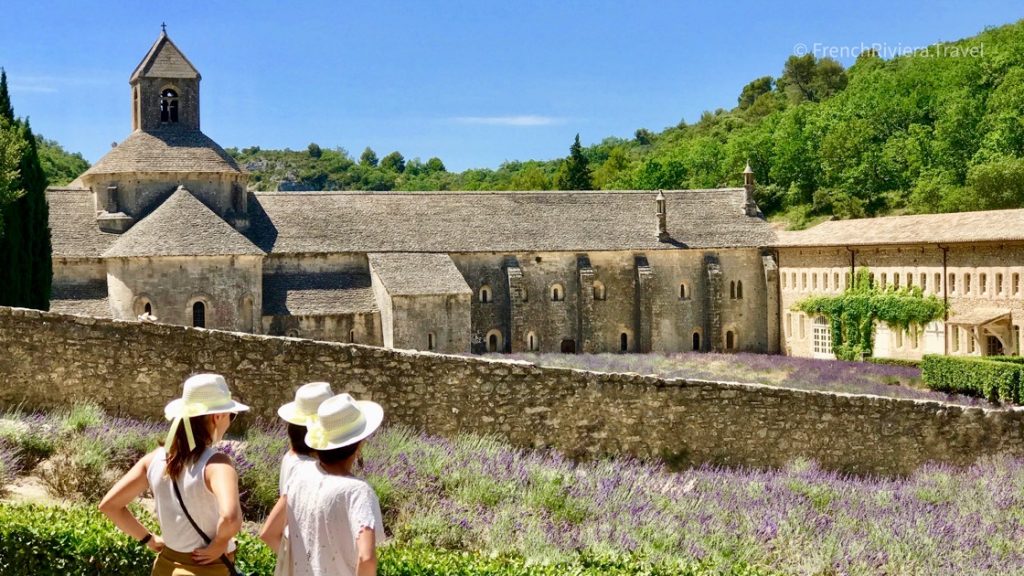



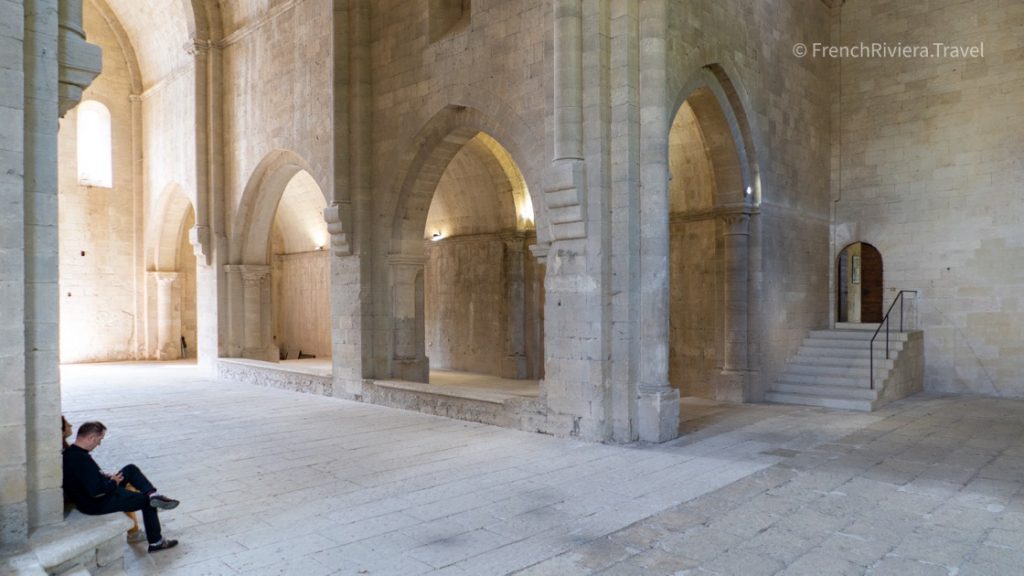
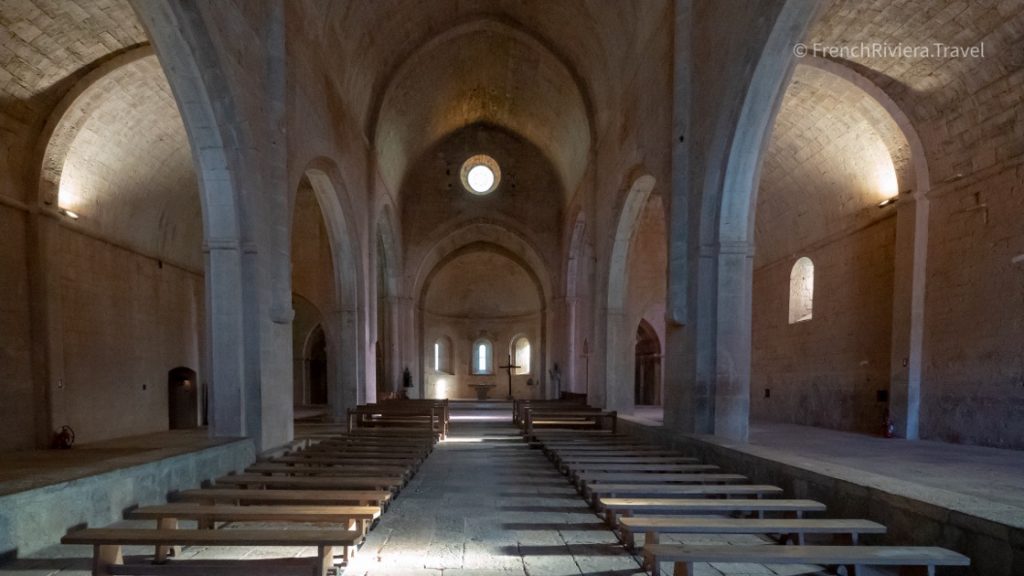

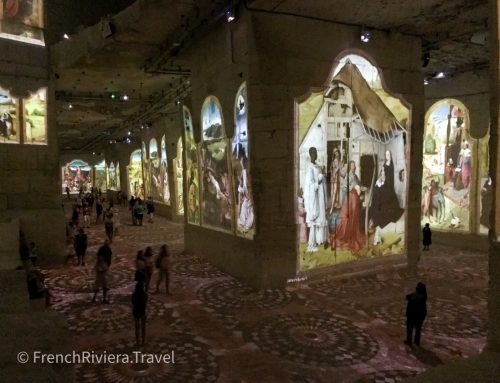
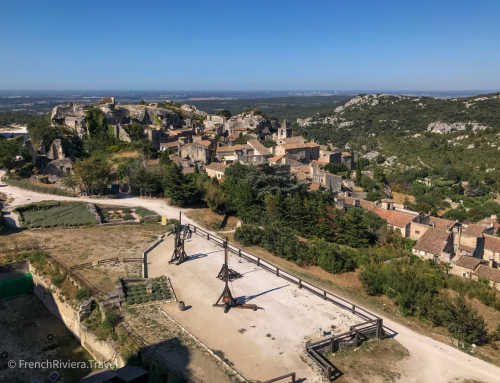


Leave A Comment